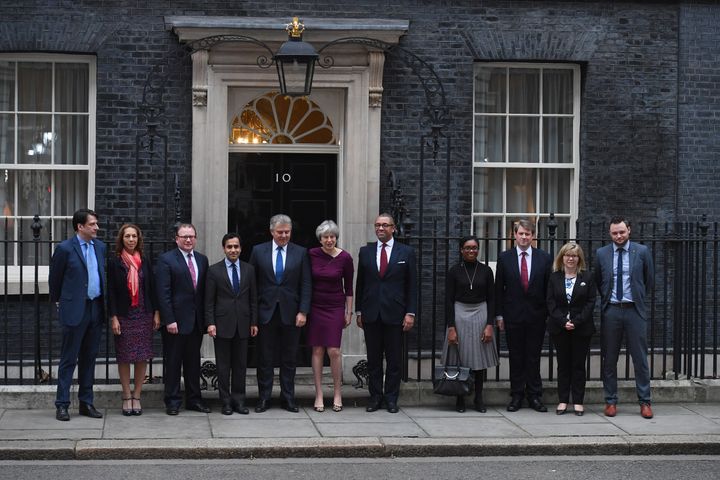
As a rather disenfranchised member of the Conservative Party I had hoped for, though not expected, a bold reshuffle. With the divorce bill with the EU largely settled and the debate moving on to the future relationship with Europe, and the type of country the UK wants to be, I had hoped that the new year provided opportunities for significant change. To clear out the old guard and usher in a new generation of Conservatives who would perhaps better articulate their ambitions for the future of Great Britain and Northern Ireland. Given this is likely to be Theresa May’s only term as PM, perhaps she would take a ‘nothing to lose’ attitude and make radical changes with little regard for who she upsets in the long term.
Instead we got deckchair shuffling of which the Titanic crew would be proud. On the top deck we saw very little change of substance, beyond the unfortunate loss of Justine Greening, the first education secretary who had herself attended a state school. The fact she was also a gay woman was a significant blow to the government’s ‘diversity quota’.
Otherwise the names and faces around the Cabinet table remained largely unchanged – though there were a couple of rebrands with Jeremy Hunt getting Social Care added to his job title, and Sajid Javid getting Housing added to his (you know, to show that the government is really taking the housing crisis seriously).
Don’t get me wrong, there was real progress in the engine room. It’s genuinely great to see people like Jo Churchill, Mims Davies and Suella Fernandes get on the ministerial ladder. The Prime Minister hailed “a new generation of gifted ministers to step up and make life better for people across the whole UK,” and I’m sure the many talented people who have been promoted will have a positive impact. But the Labour accusation that this reshuffle was essentially a PR exercise does have the ring of truth. Though we must remember that the general public have little sight, and I suspect little interest, in who occupies the middle-ranks of government, thus the impact of these changes from a perception point of view will be very minor.
By the time of the 2022 general election, the political landscape of this country will be very different, with (all being relatively well) the UK being at the end of a transition period with the EU. By that time, for the Conservative Party to stand any chance of success, it will have had to have provided the public with a clear vision of what modern conservatism is and the people who embody it. I doubt the current Cabinet table currently paints a picture the British public want to see, and the 2017 election result shows their reach is limited.
Therefore, rather than looking at the changes in government, as many of the newspapers have, perhaps the real political news is in fact in the changes made to the Conservative Party top brass? Brandon Lewis a no-nonsense Essex lad takes over as Party Chairman from the longstanding Patrick McLoughlin (relieved no-doubt that he’s finally been allowed to step down). James Cleverly (elected in 2015) a Tory attack-dog becomes Vice-Chair, who as a former London Assembly member (and born in Clapham) will be expected to resuscitate the Conservatives in London. Indeed some from the 2017 intake (what little there was) have joined the CCHQ ranks, with Kemi Badenoch and Ben Bradley taking on various portfolios.
With speculation that the Conservative Party’s membership is as low as 70,000 members now, it appears the Prime Minister sees reform of her party as priority over reforming the government, and perhaps in the long run that will prove to be sensible, but it’s certainly not been very inspiring.
If the public are to trust the Conservative Party with leading it into a ‘brave new (Brexit) world’ it needs to show considerably more ambition and forward thinking than it currently is. A bold reshuffle with more fresh faces at the top and in ministerial jobs would have at least provided the opportunity to road test something different, and provide the next generation of Conservative politicians with a real stake in the shape of Brexit Britain. Instead we got more ‘steady as she goes’.
